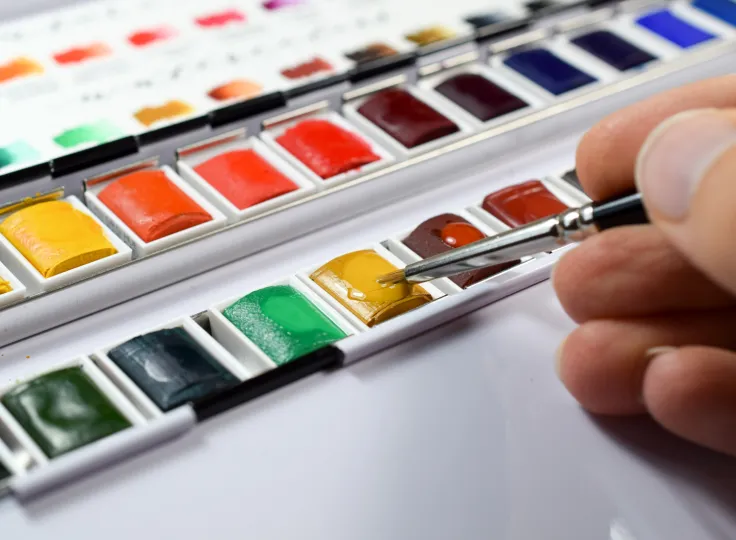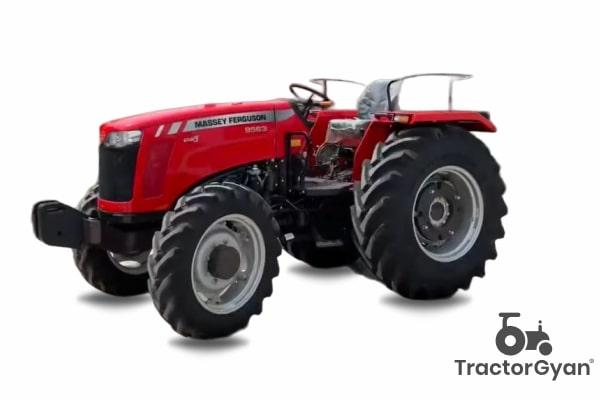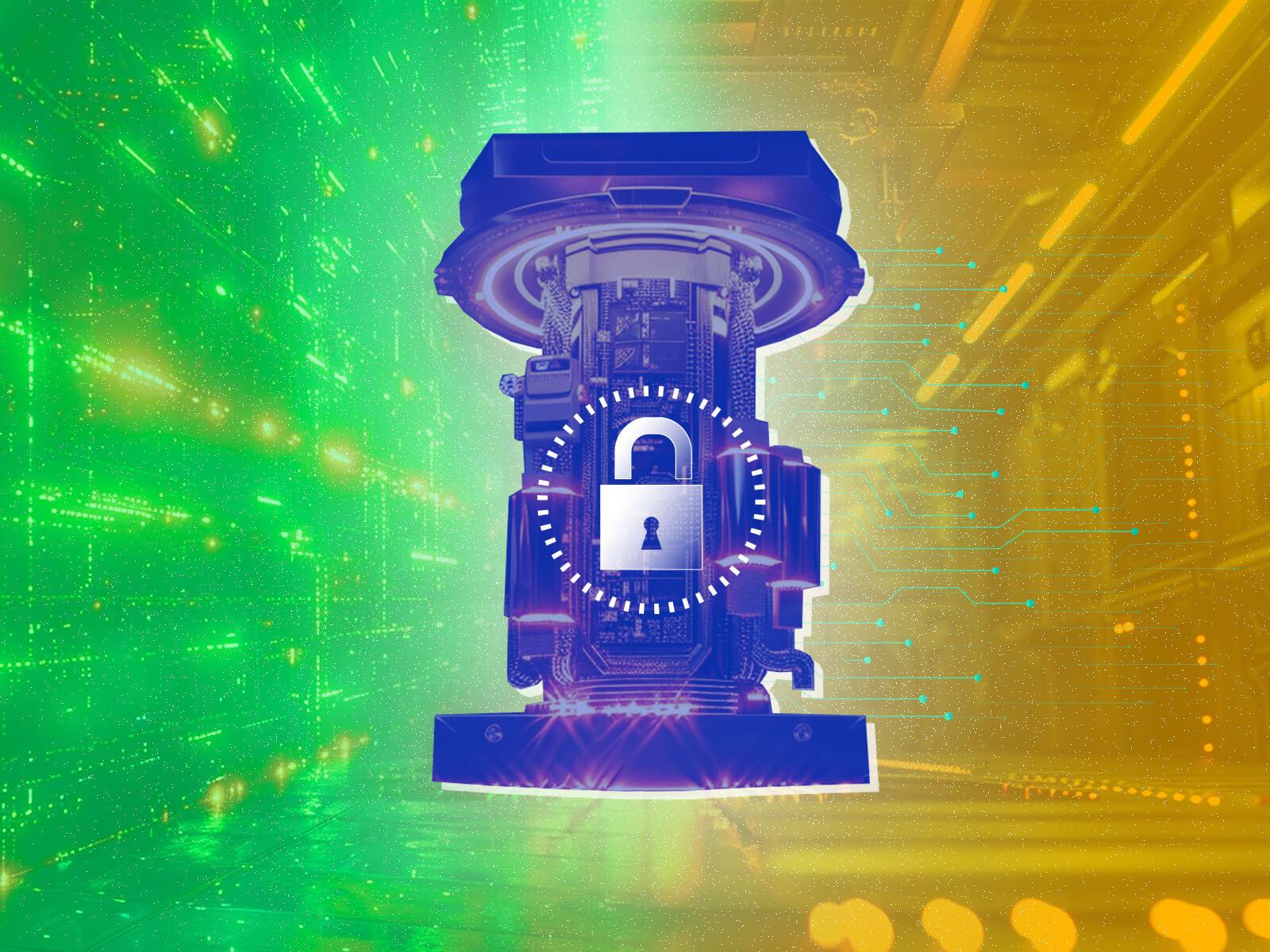Graphite vs. Charcoal: Which Are the Best Drawing Pencils for You?

The finest drawing pencils can make all the difference when it comes to producing stunning artwork. Graphite and charcoal pencils are two of the most common choices. Because of their individual characteristics, they are perfect for a variety of artistic mediums and methods. Which one, though, is best for you? To assist you in selecting the best drawing pencils for your purposes, we will examine the qualities, advantages, and disadvantages of both graphite and charcoal pencils in this post.
Understanding Graphite Pencils
The most popular drawing pencils for both novices and experts are graphite pencils. They can be used with a wide range of drawing techniques because they are adaptable and come in a number of hardness ratings.
What is Graphite?
Graphite is a naturally occurring form of carbon that is soft, smooth, and highly reflective. When used in drawing pencils, it produces a silvery-gray mark on paper. Graphite pencils are graded based on the hardness of the lead, which determines the darkness and texture of the line they produce.
Graphite Pencil Grades
Graphite pencils are available in a range of grades, typically labeled from H (hard) to B (soft). Here’s a breakdown of the most common grades:
-
H pencils: These are harder and produce lighter marks. The higher the number (e.g., 2H, 4H, 6H), the harder the lead and the lighter the mark.
-
B pencils: These are softer and produce darker marks. The higher the number (e.g., 2B, 4B, 6B), the softer the lead and the darker the mark.
For detailed work, artists often use harder graphite pencils, while softer pencils are preferred for shading and creating bold, dark lines.
Pros of Graphite Pencils
-
Versatility: Graphite pencils are suitable for a wide range of techniques, from fine detailing to broad shading.
-
Smooth Texture: The smoothness of graphite makes it easy to glide across the paper, allowing for precision in line work.
-
Erasability: Graphite is easily erasable, making it a forgiving medium for beginners.
-
Variety: Available in a wide range of hardness levels, graphite pencils offer a lot of flexibility.
Cons of Graphite Pencils
-
Shine: Graphite can produce a shiny, reflective surface, especially when applied heavily. This can be undesirable in some types of artwork.
-
Limited Darkness: Even the softest graphite pencils cannot achieve the deep, rich blacks that charcoal pencils can produce.
Understanding Charcoal Pencils
Charcoal pencils are another popular choice among artists. They are known for their rich, dark tones and ability to create expressive and dramatic effects. Charcoal is made from organic materials, usually wood, that have been heated in the absence of oxygen.
Types of Charcoal Pencils
There are three main types of charcoal pencils:
-
Vine Charcoal: This is the lightest and most delicate form of charcoal. It’s great for quick sketches but can be easily smudged.
-
Compressed Charcoal: Compressed into a pencil form, this type is much darker and less fragile than vine charcoal. It produces intense black marks and is less prone to smudging.
-
Pencil Charcoal: This type combines the benefits of charcoal with the convenience of a pencil, offering a cleaner drawing experience while still achieving deep blacks.
Pros of Charcoal Pencils
-
Rich, Dark Tones: Charcoal pencils are known for producing some of the darkest blacks possible in a drawing medium. This is great for adding depth and contrast to your artwork.
-
Texture: Charcoal’s rough texture creates a distinctive, expressive quality in artwork, making it ideal for dramatic sketches.
-
Bold Expression: Charcoal is a favorite among artists who prefer bold, gestural lines and expressive work.
Cons of Charcoal Pencils
-
Smudging: Charcoal pencils are prone to smudging, which can be a problem if you want clean, precise lines. You may need to use a fixative spray to prevent your drawings from becoming messy.
-
Less Control: Charcoal is more difficult to control than graphite due to its softness, making it harder to achieve fine details.
-
Messy: Charcoal can be quite messy to work with, often leaving dust and residue on your hands and drawing surface.
Graphite vs. Charcoal: A Side-by-Side Comparison
1. Tone and Darkness
One of the biggest differences between graphite and charcoal pencils is the range of tones they can produce. Graphite pencils are typically limited to lighter, silvery tones, while charcoal pencils can produce deep, rich blacks. If you’re looking for dramatic contrast and bold darks, charcoal is the better choice. On the other hand, if you need a range of lighter tones and a smoother texture, graphite pencils are ideal.
2. Texture
Graphite pencils create smooth, sleek lines, while charcoal pencils offer a rougher texture. Charcoal can give your drawings a more expressive and gritty feel, while graphite is better for clean, precise lines.
3. Control
When it comes to control, graphite pencils are easier to manage, especially for detailed work. Their smooth application allows for precision, making them the best drawing pencils for technical sketches or realistic renderings. Charcoal pencils, by contrast, are more difficult to control due to their softer texture, making them better suited for loose, expressive styles.
4. Smudging and Erasability
Both graphite and charcoal pencils are prone to smudging, but charcoal is much more so. Graphite smudges can be more easily erased or managed with a good eraser, while charcoal requires a fixative to prevent smudging. If you want a cleaner, less messy drawing experience, graphite pencils are likely the best drawing pencils for you.
5. Ease of Use
Graphite pencils are generally easier to use, especially for beginners. Their wide range of hardness levels allows for more control over the marks you make, and they are less messy than charcoal. Charcoal pencils, while capable of producing stunning, bold results, are messier and more difficult to control, making them better suited to experienced artists who prefer expressive, gestural drawing techniques.
Which Should You Choose?
When deciding between graphite and charcoal pencils, the choice depends on your artistic style and the type of artwork you want to create.
Choose Graphite Pencils If:
-
You need precise, controlled lines.
-
You prefer a smooth, clean finish.
-
You want the flexibility to create detailed and technical drawings.
-
You are a beginner and need a forgiving medium.
Choose Charcoal Pencils If:
-
You want to create bold, dramatic artwork with rich dark tones.
-
You enjoy working with expressive, textured lines.
-
You don’t mind a messier medium that requires more skill to control.
-
You want to add depth and contrast to your drawings.
Finalization
While both charcoal and graphite pencils are great tools for painters, they have diverse uses. Your skill level, artistic objectives, and personal tastes will all influence which sketching pencils are best for you. Graphite pencils are perfect for beginners and detailed work because of their adaptability, precision, and ease of use. On the other hand, charcoal pencils offer strong, rich tones that are ideal for dramatic, expressive drawings.
You may choose the best drawing pencils for your art projects by being aware of the advantages and disadvantages of both media. Whichever pencil type you choose—bold drama with charcoal or smooth precision with graphite—each offers a different set of creative expression opportunities.





